The historian Alfred Chandler of Harvard Business School wrote a seminal book published in 1977 on the history of strategic decision making at the highest levels of Corporate America , including DuPont, General Motors, Standard Oil and Sears Roebuck. The book was called The Visible Hand: The Managerial Revolution in American Business. In this work Chandler proclaimed a maxim for the ages that has been followed as doctrine by strategists and consultants alike ever since. The maxim:
“Structure follows Strategy.”
That is to say, all aspects of an organization’s structure, from the creation of divisions and departments to the designation of reporting relationships, should be made while keeping the organization’s strategic intent in mind.
Strategy, of course, lines up the arenas and markets in which a company will compete, proclaims a targeted customer base, and asserts the matters by which the company will seek to differentiate itself. Chandler described how the successful progress of mid-twentieth century General Motors can be attributed to the strategic foresight of Alfred P. Sloan, who laid out the famous divisions of GM: Chevrolet, Pontiac, Oldsmobile Buick, Cadillac – listed here in order of pricing segment and lined up with market segments — so that each division could seek to please an intended customer segment. This is structure following strategy. Chandler showed that the need to reorganize — or to “restructure” — is triggered by a strategic shift driven by new technologies or market changes.
The way that you organize your company or organization to optimize the pursuit of strategic objectives is an important part of organizational design. Other design elements, such as hiring and personnel development practices, communication and decision-making systems, reward, recognition and renewal systems, all must be aligned around the chosen structure, but first you must decide upon the optimal structure for attaining your strategic objectives.
When considering a change in organizational structure, keep in mind the following criteria for a good structure:
- Aligns the organization to best follow strategic direction
- Allows for clearly defined roles and responsibilities
- Clarifies who makes what decisions.
- Enables clear accountability.
- Minimizes handoffs that affect the customer experience. Minimizes the customer “runaround.”
- Minimizes handoffs that create confusion over who is responsible for what outcomes.
- Pulls together the people who most need to work closely with each other.
- Allows information to flow unrestricted to those who need it.
- Creates manageable spans of control.
- Is augmented by informal channels of cross boundary communication.
Generally, there are five ways to structure a company or corporation: Organize by Function, Product, Customer Segment, Business Process, or Matrix. Here are the pros and cons of each:
Functional Structure (e.g. Operations, HR, Finance, Marketing Departments):
Pro:
- People with a common profession work together so standards of performance are well understood
- People in a unit “talk the same language”
- Easy to maintain stability
Con:
- Conflicts arise between organizations/departments since priorities and objectives often conflict
- Decision making must be done at the top, where a cross-functional team sits together at the same table
Organizing around Product Lines or Programs
Pro:
- Strong identification with products
- High degree of coordination between functions
- Can allow rapid response to market changes affecting a class of product
- Employees can see big picture and relate to a common outcome
- Opportunity for employees to learn other functions
- Decisions can be made closest to those working on product, more bottom-up decision making
Con:
- Can be lack of coordination between product lines
- Functional or professional development can suffer as functional experts are isolated from each other
- Can be duplication of efforts across product groups. R&D can be parochial, only focused on present clustering of products
Organizing around Customers or Market Segments
Pro:
- Deeper understanding of customer needs.
- High coordination among functions aimed at meeting customer needs.
- More responsive to customers. Greater flexibility within business units for purpose of adapting to needs of a particular customer segment.
- Team members see the big picture.
- Innovation is customer-driven.
- Can be more satisfying for workers, as mission of customer focus is clear.
- Opportunity to learn new functional skills.
Con:
- Can be lack of coordination between business units.
- Functional or professional development can suffer as functional experts are isolated from each other.
- Can be duplication of efforts across product groups. Team members cannot relate to disparate customer segments.
Organizing as a Business Process (as championed by many experts on corporate “reengineering”)
Pro:
- Clarifies business outcomes at every stage of value delivery
- Organizes people in such a way that problems do not fall between the cracks or go unattended
- Enables people with a common language across the organization, making it easier to identify and reinforce accountability
- Facilitates cross-functional understanding of the business
Con:
- Can diminish focus on the customer unless customer-facing processes are truly prioritized
- Experts in functional areas such as Finance, HR, Marketing, etc. can be devalued and unheeded
- Can be duplication of efforts across process groups.
Organizing as a Matrix (e.g. customer segment groups crossed in matrix form by functional, supporting departments.
Pro:
- Simultaneous focus on external and internal business requirements. Can lead to more integrated, holistic decision-making.
- Employees can be reminded of the needs of the whole business enterprise.
- Functional expertise can be directly and immediately applied to needs of program, product or customer issues.
Con:
- Can lead to diffusion of accountability.
- Can be difficult to locate cause of organizational issues.
- Can mean doing more with less people, and result in individual frustrations.
- Can lead to confusion among customers who wish for a single point of contact.
- Requires a very high level of competent lateral communication capability

